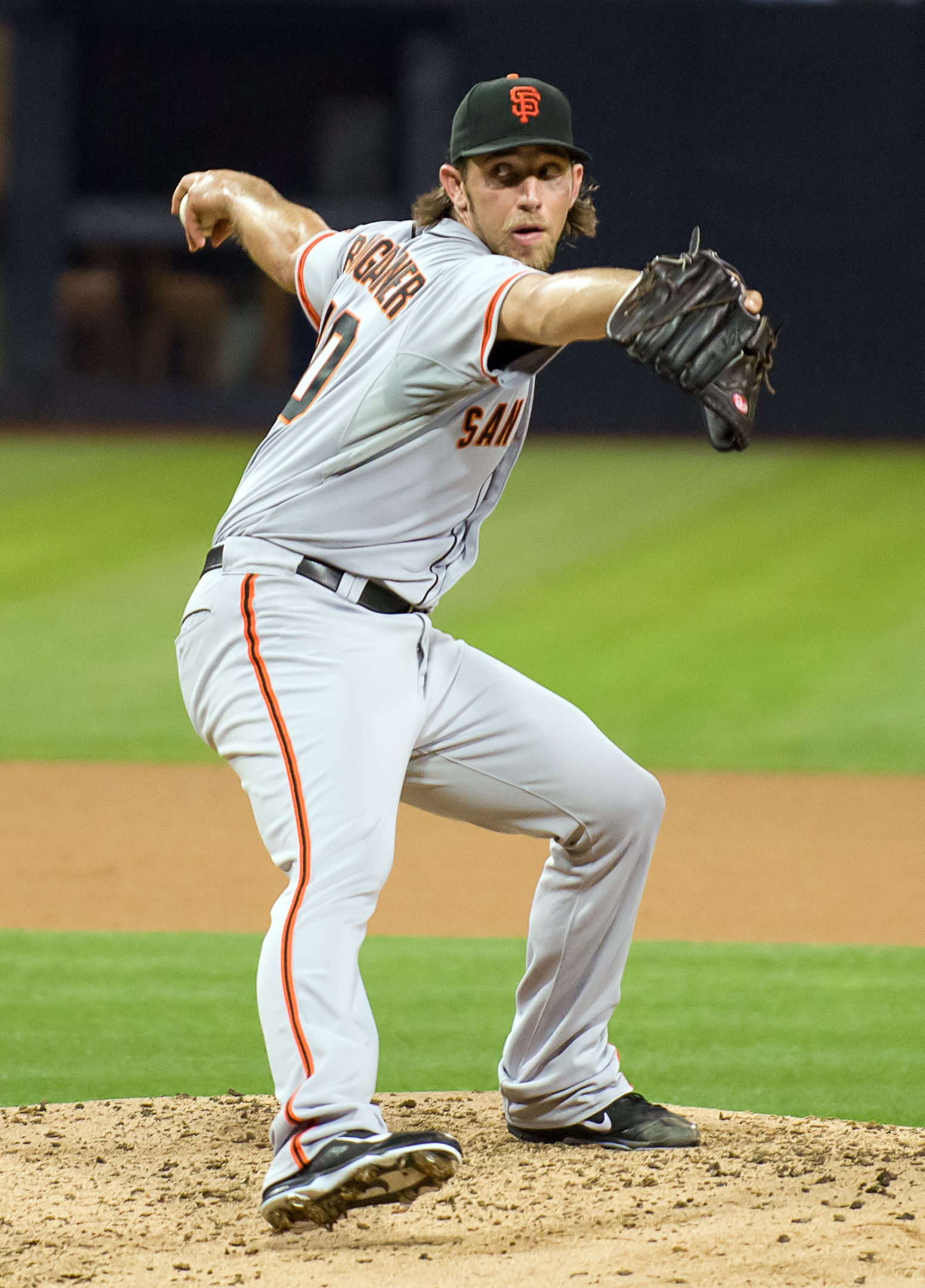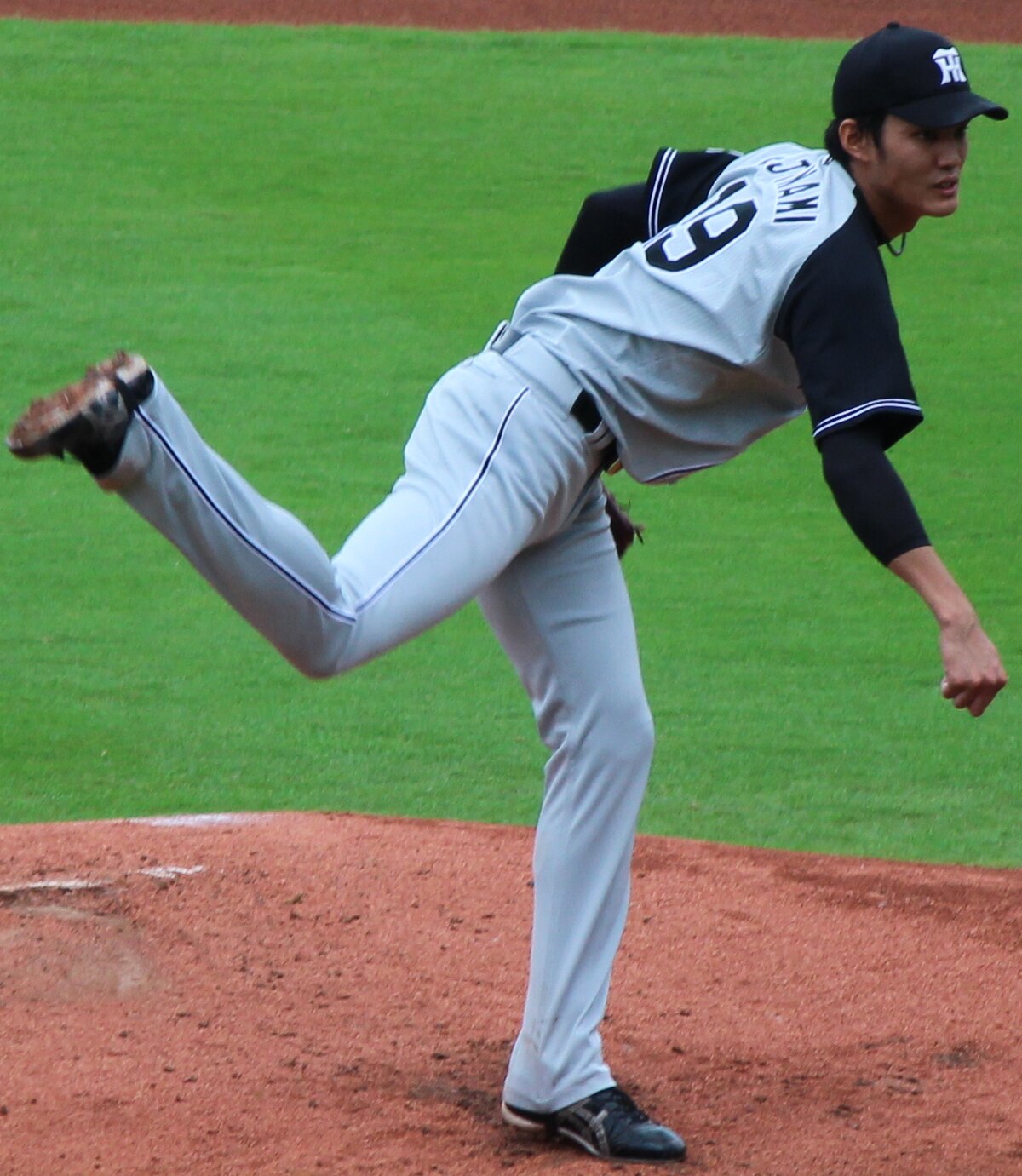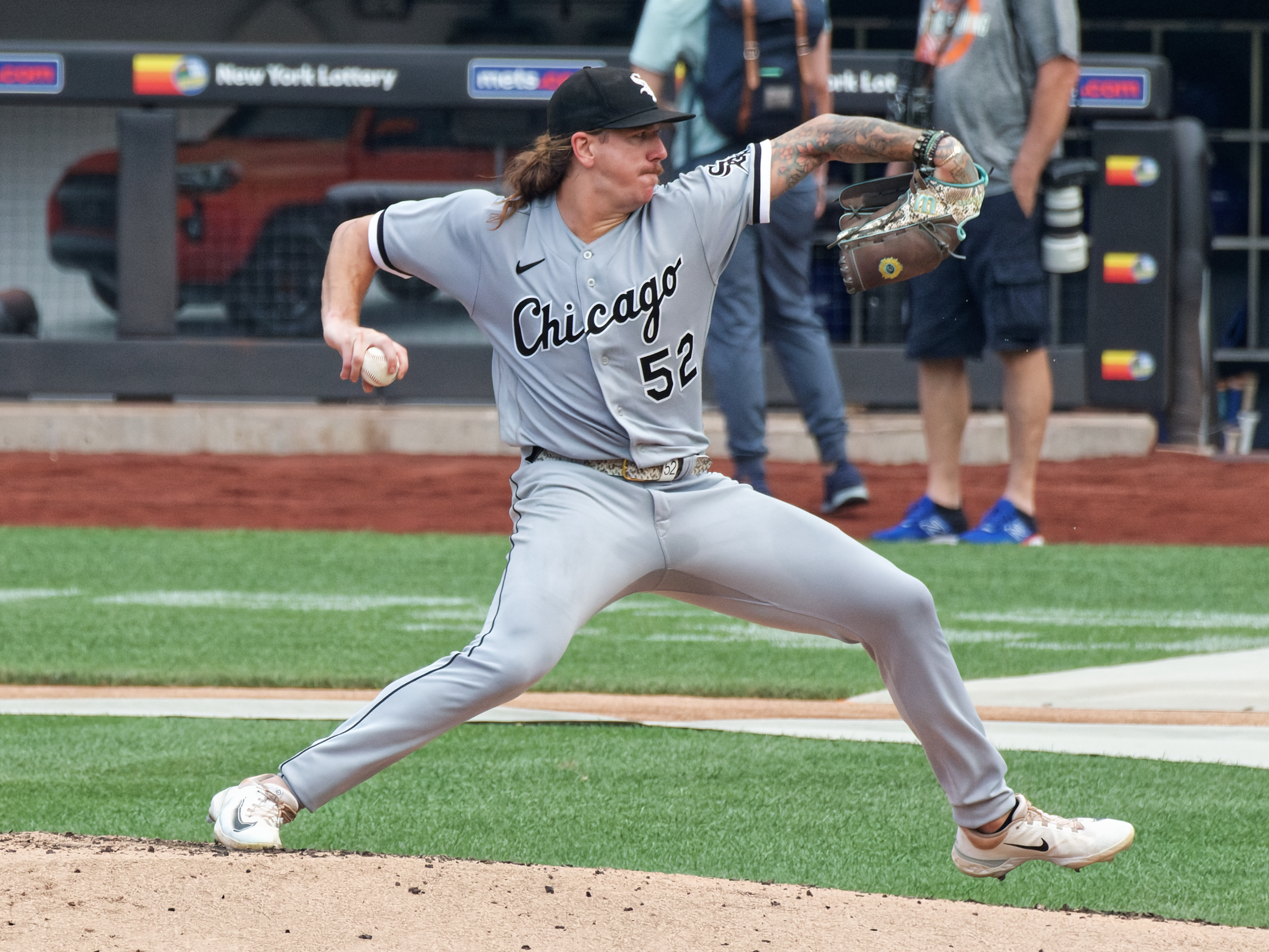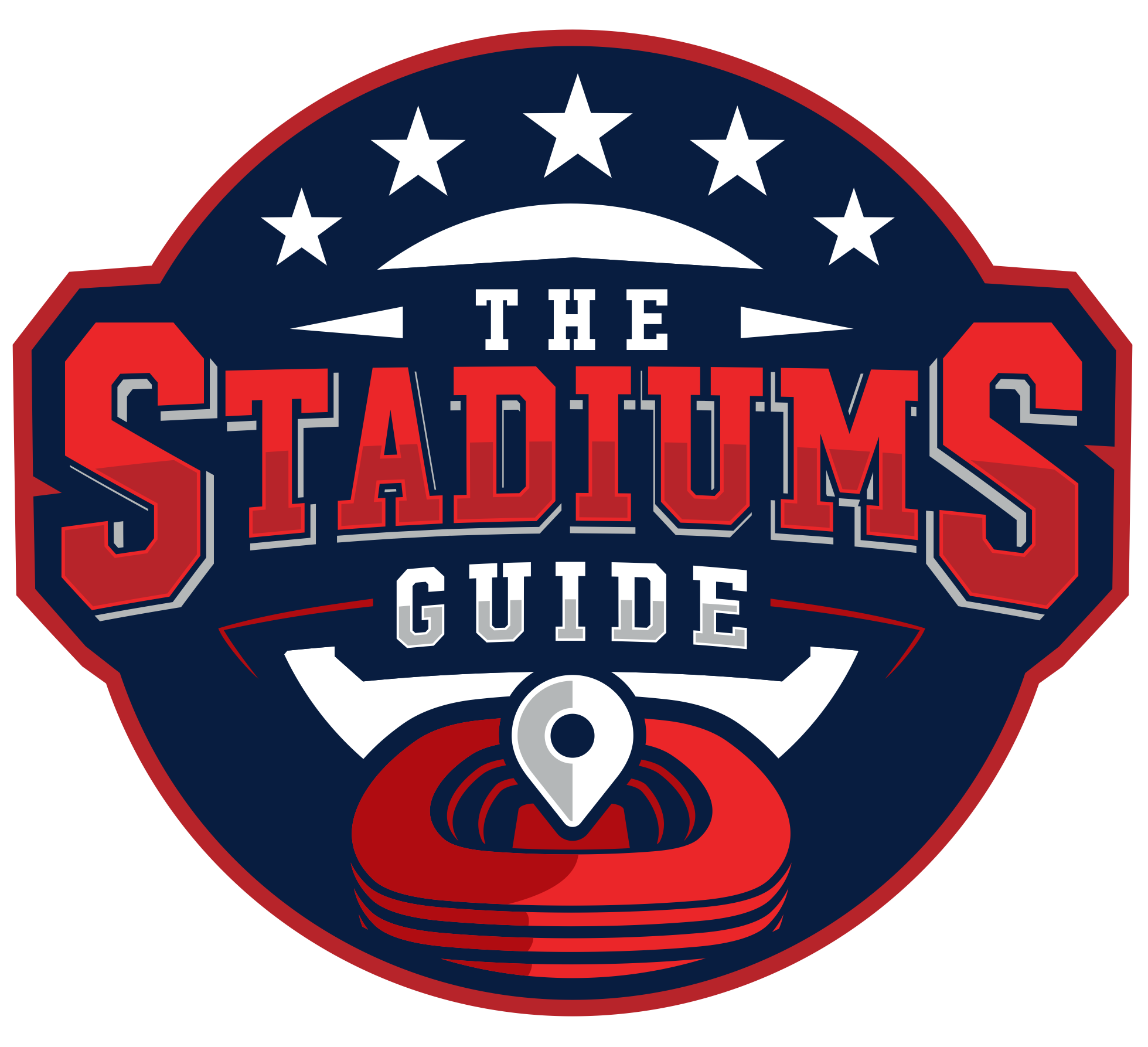In the world of Major League Baseball (MLB), understanding the different types of pitchers is critical for fans, players, and coaches alike. Each pitcher plays a unique role in the game, utilizing their distinct skills and abilities to contribute to their team’s success. From starting pitchers and relievers to lefty specialists and closers, each type of pitcher has its own set of challenges, requirements, and expectations. Thus, exploring this fascinating facet of baseball can shed light on the complexities and intricacies of the game.
At a basic level, a pitcher’s job is to throw the ball towards home plate and try to prevent opposing batters from reaching base. However, with the wide variety of pitch types available such as four-seam fastballs, sliders, and curveballs, the art of pitching goes far beyond merely throwing the ball. The strategies and techniques employed by pitchers can make the difference between a win and a loss, with each type of pitcher bringing their own approach to the mound. The variety of roles within the MLB pitching context underscores the importance of these specialists and the depth of their craft within the professional baseball landscape.
Key Takeaways
- Different types of pitchers bring unique skills and challenges to MLB games
- Pitching strategies play a significant role in determining a team’s success
- Understanding pitcher roles and techniques enriches appreciation for the sport
Basics of Pitching in MLB
Pitching Techniques

Major League Baseball (MLB) pitchers use a combination of pitches in their arsenal to challenge and deceive hitters. Some of the common types of pitches include the four-seam fastball, two-seam fastball, sinker, slider, curveball, and changeup. Each pitch has distinct movement, velocity, and approach to keep hitters off-balance.
- Four-seam fastball: This pitch is a fundamental and often the fastest one. It has a relatively straight trajectory and high velocity, making it difficult to hit for batters.
- Two-seam fastball/sinker: These pitches are grouped together because of their similarities. Both the two-seam fastball and sinker possess similar speed to the four-seam fastball but with unique movement making them more challenging for hitters.
- Slider: A popular breaking ball, the slider combines speed and movement, appearing as a fastball initially before quickly deviating from its path to surprise the batter.
- Curveball: The curveball is a slower pitch with significant vertical movement, often dropping suddenly as it approaches the plate.
- Changeup: A changeup is a deceptive pitch thrown with the same arm action as a fastball but at a slower speed, tricking the hitter into swinging early.
Importance of Pitching Styles

Effective pitching is critical in MLB games, and the success of a pitcher relies heavily on their ability to utilize a variety of pitching styles. Starting pitchers often have a repertoire of three or more pitching techniques to keep hitters guessing and prevent them from making solid contact.
Relief pitchers, on the other hand, typically specialize in one or two pitching styles with maximum effort. These pitchers usually face each batter only once in a game, so commanding a limited number of pitches with high proficiency is more advantageous.
Different types of relievers focus on specific scenarios, such as:
- Long Relief Pitcher (LRP): Tasked with pitching multiple innings, usually when the starting pitcher struggles or gets injured.
- Middle Relief Pitcher (MRP): Pitches in the middle innings to bridge the gap between starting and closing pitchers.
- Setup Relief Pitcher (SG): Pitches in the late innings to protect a lead before handing the game over to the closing pitcher.
- Lefty One-Out Guy (LOOGY): A left-handed pitcher brought in for situational purposes, typically to face a tough left-handed hitter.
In summary, understanding and mastering various pitching techniques is crucial to ensure success in MLB for both starting and relief pitchers. Each pitch type adds an element of unpredictability and requires batters to constantly adapt their approach.
Different Types of Pitchers
Starting Pitchers

Starting Pitchers (SP) play a crucial role in baseball games as they are the first pitchers in a game. Their main responsibility is to pitch as long as possible while keeping the opposing team’s scoring chances low. There are three subtypes of starting pitchers:
- Power Pitchers: These pitchers rely on their fastball’s velocity and often strike out batters due to their high speed and movement.
- Control Pitchers: These pitchers focus on accuracy and location to outsmart batters. They typically don’t have the high-speed fastball but compensate by painting the corners and changing speeds effectively.
- Finesse Pitchers: Similar to control pitchers, finesse pitchers use a variety of pitches and deception to keep batters off balance. They might not have a dominant fastball but excel in changing speeds and pitch movement.
Relief Pitchers

Relief Pitchers (RP) have the primary task of containing the opponent’s offense after the starting pitcher has left the game. Their goal is to maintain or expand their team’s lead while protecting the bullpen. Relief pitchers consist of several subtypes:
- Long Reliever: Usually comes into the game when the starting pitcher struggles early or gets injured. Their job is to pitch multiple innings and keep the game relatively close.
- Middle Reliever: These pitchers are used in the middle part of games, typically pitching one or two innings. They bridge the gap between the starting pitcher and the late-inning specialists.
- Lefty Specialist (LOOGY): LOOGY, or Lefty One-Out Guy, is a subset of relief pitchers specializing in getting left-handed batters out. They’re often called upon for a single-batter appearance.
- Swingman: A hybrid pitcher who can either start games or provide long relief, depending on the team’s needs.
Closing Pitchers

Closing Pitchers (CP), also known as closers, are responsible for securing a win in the final innings of a game. Their main objective is to prevent the opposing team from making a late-game comeback. Closers have the unique ability to handle high-pressure situations and typically possess excellent command and high-velocity pitches.
In summary, baseball features a variety of pitcher types, each with its specific role and specialization. This diversity provides a dynamic and engaging experience for both players and fans.
Pitcher Characteristics and Roles
Velocity Pitchers
Velocity pitchers, also known as power pitchers, are known for their ability to throw the ball at high speeds. These pitchers often have a fastball that reaches 95 mph or higher. They rely on their fast pitches to overpower hitters, making it difficult for them to make solid contact with the ball. Some well-known velocity pitchers in the MLB include Aroldis Chapman, Justin Verlander, and Max Scherzer.
Finesse Pitchers
Finesse pitchers, in contrast, focus on pitch accuracy and movement rather than velocity. They are often experts in throwing off-speed pitches, such as curveballs, sliders, and changeups. These pitchers carefully study hitters’ tendencies and aim to exploit their weaknesses by painting the corners of the strike zone. Some notable finesse pitchers include Greg Maddux, Tom Glavine, and Dallas Keuchel.
Groundball Pitchers
Groundball pitchers rely on inducing weak contact, resulting in groundballs that are easier for the defense to turn into outs. They often throw pitches that have a downward trajectory, such as sinkers and two-seam fastballs. Groundball pitchers rely on strong infield defense to be effective and can often limit the number of extra-base hits, such as doubles and home runs. Examples of groundball pitchers in the MLB include Dallas Keuchel, Zach Britton, and Marcus Stroman.
Flyball Pitchers
Flyball pitchers, on the other hand, induce more fly balls than ground balls. They generally have a higher strikeout rate and can be prone to allowing home runs, given the likelihood of balls being hit in the air. Flyball pitchers often throw pitches with rising action, such as four-seam fastballs and certain types of curveballs. Some successful flyball pitchers in the MLB include Max Scherzer, Justin Verlander, and Gerrit Cole.
Common Pitch Types in MLB

Fastball
The fastball is the most popular pitch in baseball and almost every pitcher has some form of a fastball in their arsenal. There are two main variations of fastballs – the four-seam fastball and the two-seam fastball (also known as a sinker). Both types have similar speeds but differ in their movement. The four-seam fastball remains straight and generates the maximum velocity, while the two-seam fastball offers more horizontal and vertical movement, making it harder for the batter to make solid contact.
Changeup
A changeup is an off-speed pitch designed to deceive the hitter with its slower speed, usually 8-15 mph slower than a pitcher’s fastball. The grip and release of a changeup are the keys to its deceptiveness. By holding the ball deeper in the hand and releasing it with a similar arm action to the fastball, the pitcher can create an illusion of a fastball, causing the batter to be off-balance and often resulting in weak contact or a swing and miss.
Curveball
The curveball is among the most common off-speed pitches in baseball. It is thrown with a strong wrist action that imparts topspin to the ball, causing it to break both horizontally and vertically. A great curveball will have significant movement, making it difficult for the batter to judge and connect with it accurately, and is typically used as a complementary pitch to the fastball to keep hitters guessing.
Slider
A slider is a breaking pitch that has a combination of velocity and movement, typically thrown harder than a curveball but with slightly less break. It is released with a combination of the fastball’s velocity and the curveball’s wrist action, making it a deceptive pitch that can catch hitters off guard. The slider moves late and can either break away from the batter or break down and in, making it an effective tool for generating weak contact and strikeouts.
Knuckleball
The knuckleball is a rare and unique pitch in baseball. It is thrown by gripping the ball with the fingertips and minimizing the spin as it travels toward home plate. The result is an unpredictable and fluttering movement, making it extremely difficult for hitters to time and square up. The knuckleball is typically thrown significantly slower than other pitches, but its success relies on the unpredictable movement rather than a change in speed alone.
Career Trajectory for Pitchers

In Major League Baseball (MLB), the career trajectory of pitchers can vary greatly depending on factors such as talent, physical attributes, and injury history. Pitchers’ careers often follow a path that starts from playing at high school or higher levels of education, before eventually getting drafted or signed by an MLB team. They then progress through the minor leagues (MiLB) and eventually make their debut in the major league, where their performances may lead to a longer and more successful career.
Pitchers who are signed or drafted from high school usually debut in MLB at a younger age and play more MiLB games as well as partake in more MLB games than players from a 2-year or 4-year institution. This transition period is crucial for their development, as it helps them acclimate to the increased level of competition, improve their skills, and ultimately hone their performance on the field.
Throughout their careers, pitchers must make strategic decisions on which pitches to throw, as these decisions can directly impact their success on the mound. By focusing on their strengths and understanding their opponents, pitchers can adjust their pitch selection and execution to maintain a competitive edge.
Injury management is another critical aspect of a pitcher’s career trajectory. Injuries can greatly affect the duration and overall success of a pitcher’s time in MLB. To reduce chances of injury, some managers have limited the innings pitched early in a pitcher’s career. By closely monitoring their workload and taking preventive measures, pitchers can potentially prolong their careers and maintain their effectiveness on the field.
In conclusion, the career trajectory for pitchers in MLB is influenced by various factors such as their entry into professional baseball, skill development, strategic pitching decisions, and injury management. By focusing on these aspects, pitchers can strive to have successful and lasting careers in MLB.
Key Stats and Performance Metrics for Pitchers

In the world of Major League Baseball, understanding the performance of pitchers is crucial for evaluating both individual players and overall team strength. There are several key stats and performance metrics that can help provide insight into a pitcher’s abilities and effectiveness on the mound. This friendly guide will briefly discuss these important pitcher metrics.
One common statistic to evaluate pitchers is the Earned Run Average (ERA), which represents the average number of earned runs allowed by a pitcher per nine innings. Lower ERA values indicate better pitching performance, with the league average typically hovering around 4.51.
Strikeouts per nine innings (K/9), walks per nine innings (BB/9), and home runs per nine innings (HR/9) are three metrics related to a pitcher’s ability to control the game. In 2019, the league average K/9 was 8.9, BB/9 was 3.3, and HR/9 was 1.4. Higher K/9 and lower BB/9 and HR/9 values signify better pitching control and performance.
Pitchers often rely on a variety of pitch types, such as fastballs, curveballs, sliders, and changeups, to keep hitters off-balance. Understanding how and when these pitches are used can offer further insight into a pitcher’s performance. For example, swing rates on 0-0 count pitches are 29.2% for a four-seam fastball and 19.4% for a curveball, while on 2-2 counts, hitters swing at both pitch types more than 60% of the time.
Data analytics technologies, like Statcast, are increasingly being used in the MLB to capture detailed measurements of pitches. These measurements include pitcher’s extension, release point, pitch velocity, vertical and horizontal movement, and the ball’s in-flight spin axis. Such data can be used to analyze how various pitch types and subtypes perform when paired with one another and can help uncover optimal pitch sequencing strategies.
Remember, all of these statistics and metrics must be considered in context relative to the league standards and a pitcher’s individual performance history. By understanding the key stats and performance metrics discussed in this section, baseball enthusiasts and analysts alike can gain a deeper understanding of a pitcher’s abilities and overall effectiveness in MLB games.
Pitcher Development and Scouting
In the world of Major League Baseball (MLB), identifying and developing different types of pitchers is crucial for a team’s success. Scouting plays an essential role in finding talented pitchers who possess the necessary skills, mentality, and attitude to perform consistently at a high level. Let us take a deeper look into the process of pitcher development and scouting.
One of the primary aspects of scouting pitchers is evaluating their physical skills, such as velocity, movement, and command of their pitches. Typically, MLB scouts assess how well a player can throw various pitch types like fastball, curveball, and changeup. Analyzing a player’s mechanics, strength, and overall athleticism is also vital in determining their potential as a pitcher.
Moreover, it is critical to examine a pitcher’s mental and emotional makeup. This includes their ability to handle pressure, adapt to various in-game situations, and showcase confidence on the mound. A pitcher’s desire to challenge batters and go after strikeouts is another trait worth considering.
In terms of player background, scouts pay attention to factors like age, height, weight, and nationality as well. It is interesting to note where players come from and their journey to professional baseball, be it through college, high school, or international experience. These factors help provide context for evaluating players and their potential growth in the future.
Pitcher development involves refining their skills and consistently improving their performance. Coaching plays a significant role in this, as coaches work closely with pitchers to identify areas of improvement, strengthen their weaknesses, and reinforce their strengths. This ongoing development process is crucial for pitchers to reach their full potential and maintain a successful career in MLB.
To sum it up, pitcher development and scouting are essential aspects of building a competitive MLB team. By identifying talented players and focusing on developing their skills, both physically and mentally, teams can optimize their pitching staff and enjoy long-term success.
History of Pitching in MLB

The history of pitching in Major League Baseball (MLB) has evolved significantly since its inception. In the early days, the legal pitching position had little resemblance to the modern-day practices. In 1845, Alexander Cartwright’s rules required pitchers to stand on a line 4 yards long and 45 feet from home plate, positioned at right angles to a line from home plate to second base. By 1863, a 12 x 3-foot box was used with its front line 45 feet and backline 48 feet from home plate.
The initial style of pitching was underhand, much like pitching in horseshoes. Overhand pitching was not permitted in baseball until 1884. As the game evolved, so did the techniques and strategies employed by pitchers, leading to an array of pitching types that we see in today’s MLB.
The most basic pitch thrown by pitchers is the fastball, where they throw the ball as hard as they can. Some exceptional pitchers can achieve fastball speeds over 100 miles per hour, such as Aroldis Chapman. Apart from the fastball, other common types of pitches include the curveball, slider, changeup, and cutter. Each of these pitches has unique characteristics that make them challenging for batters to hit.
In addition to the variety of pitches, MLB pitchers can be classified into three main categories based on their roles during a game:
- Starting Pitchers (SP): They are the first pitchers in a game and typically aim to pitch as many innings as possible while maintaining control and consistency.
- Relief Pitchers (RP): They replace the current pitcher, usually when the starting pitcher is tired or not performing well. Relief pitchers specialize in pitching for a limited number of innings and may be used to create favorable matchups against specific batters.
- Closing Pitchers (CP): They are a special type of relief pitcher brought in to secure a win at the end of the game, typically in the ninth inning. Closing pitchers have a unique skill set to handle high-pressure situations and ensure the opposing team doesn’t make a comeback.
Major advances in technology have also impacted pitching in MLB. In 2006, the league introduced the first automated pitch tracking system during the postseason. By the start of the 2008 regular season, this technology was expanded to all 30 ballparks, allowing for real-time pitch classification using neural networks, which improved accuracy and precision in analyzing pitcher performance.
The history of pitching in MLB showcases a fascinating evolution of techniques, strategies, and roles that has shaped the game into what it is today. As the sport continues to progress, pitchers will keep finding innovative ways to outsmart batters and maintain their competitive edge.
Conclusion
In Major League Baseball, pitchers play a vital role in the defensive strategy of a game. There are different types of pitchers, with three of the most common being the Starting Pitcher (SP), Relief Pitcher (RP), and Closing Pitcher (CP).
Starting Pitchers usually take the mound at the beginning of the game. Their primary task is to play as many innings as possible while maintaining a low number of runs allowed. They set the tone for the game and need to have a mix of stamina and consistency in delivering multiple types of pitches.
Relief Pitchers, on the other hand, enter the game once the Starting Pitcher’s effectiveness wanes or when a specific matchup favors their pitching style. These pitchers typically have specialized skills and can generate high strikeout rates. They usually pitch for shorter durations, focusing on getting crucial outs during the middle innings.
Closing Pitchers are entrusted in securing the final outs of a game, especially when the team is holding a narrow lead. These pitchers need to have the mental toughness and resilience to perform under high pressure, often featuring one or two dominant pitches that can consistently retire batters.
In conclusion, understanding the different types of pitchers and their roles within a game contributes to a deeper appreciation of the sport of baseball, and the strategies and nuances that each player brings to the team.

